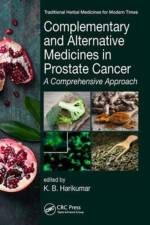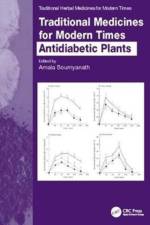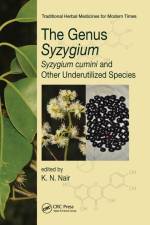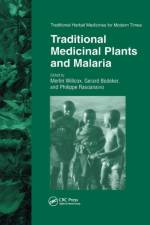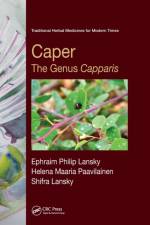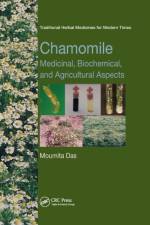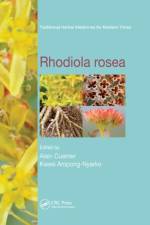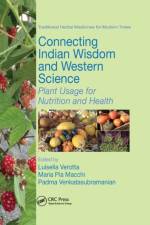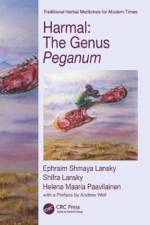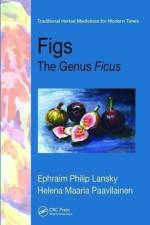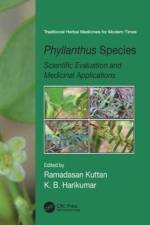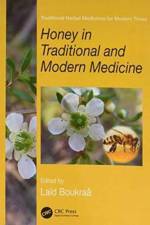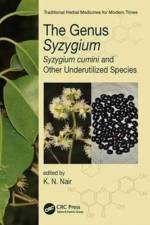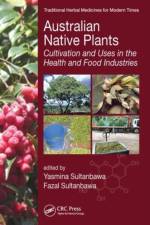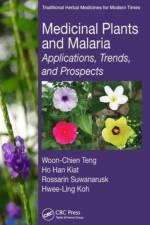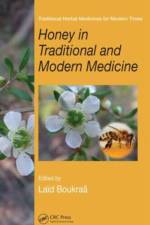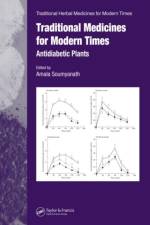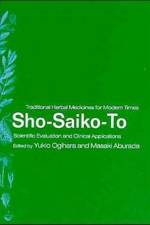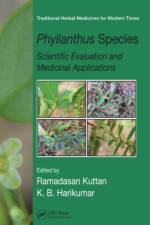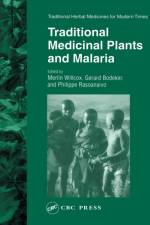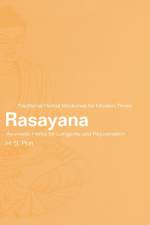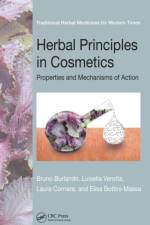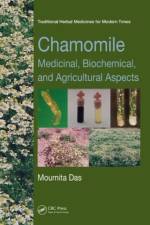- Medicinal, Biochemical, and Agricultural Aspects
av Moumita Das
929
In use as a medicinal plant since time immemorial in Europe and the Middle East, chamomile is gaining popularity in the Americas, Australia, and Asia. The spectrum of disease conditions in which it is used in traditional medicine systems is, quite simply, mind boggling. There is, without a doubt, a growing demand for this plant and therefore a growing need for an updated ready reference for the researchers, cultivators, and entrepreneurs who wish to work with chamomile. Chamomile: Medicinal, Biochemical, and Agricultural Aspects is just that.Based on extensive research, this book provides the latest information on the medicinal, aromatic, and cultivation aspects of chamomile. It covers chamomileΓÇÖs geographical distribution, taxonomy, chemistry, pharmacology, genetics, biochemistry, breeding, and cultivation. The book also discusses the profiles of the several medicinally active compounds of the oil and extracts and how their levels could be increased through breeding. The author highlights several potentially useful compounds discovered in the chamomile oil and extracts and discusses the cultivation and postharvest technology aspects of the plant in different agroclimatic zones including that of India. She presents guidelines on the good manufacturing practices laid out in different systems of medicine and provides an overview of the patents and products of chamomile especially important to researchers and entrepreneurs.Although there is a plethora of information available on chamomile, the challenge has been finding a central repository that covers all aspects of the plant. Some books provide general coverage, others focus on only on pharmacological uses, and many are outdated. This book examines all aspects from cultivation and harvesting, to essential oil content and profile as well as pharmacology and biotechnology. It is a reference for current information, an entry point for further study, a resource for using oils and extr

